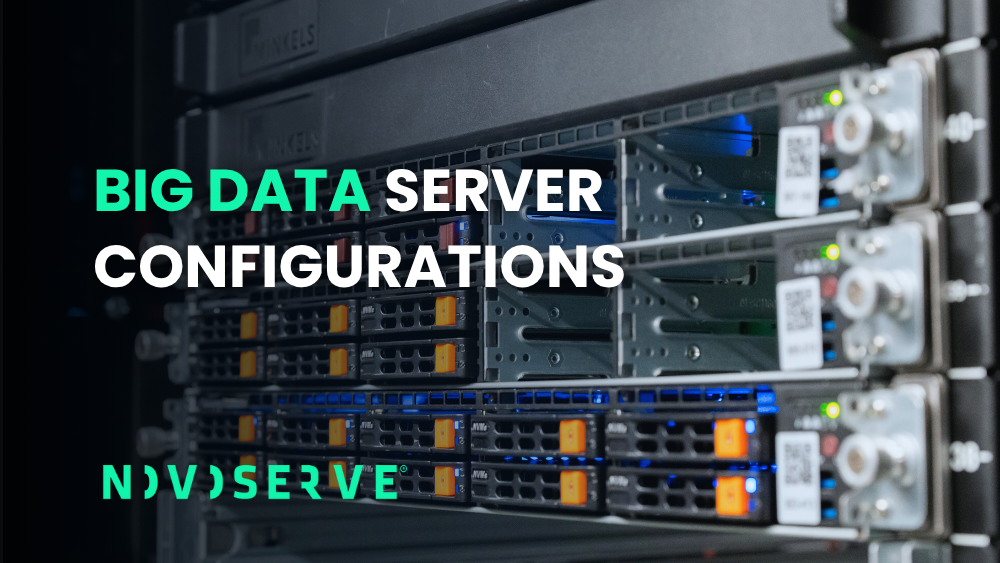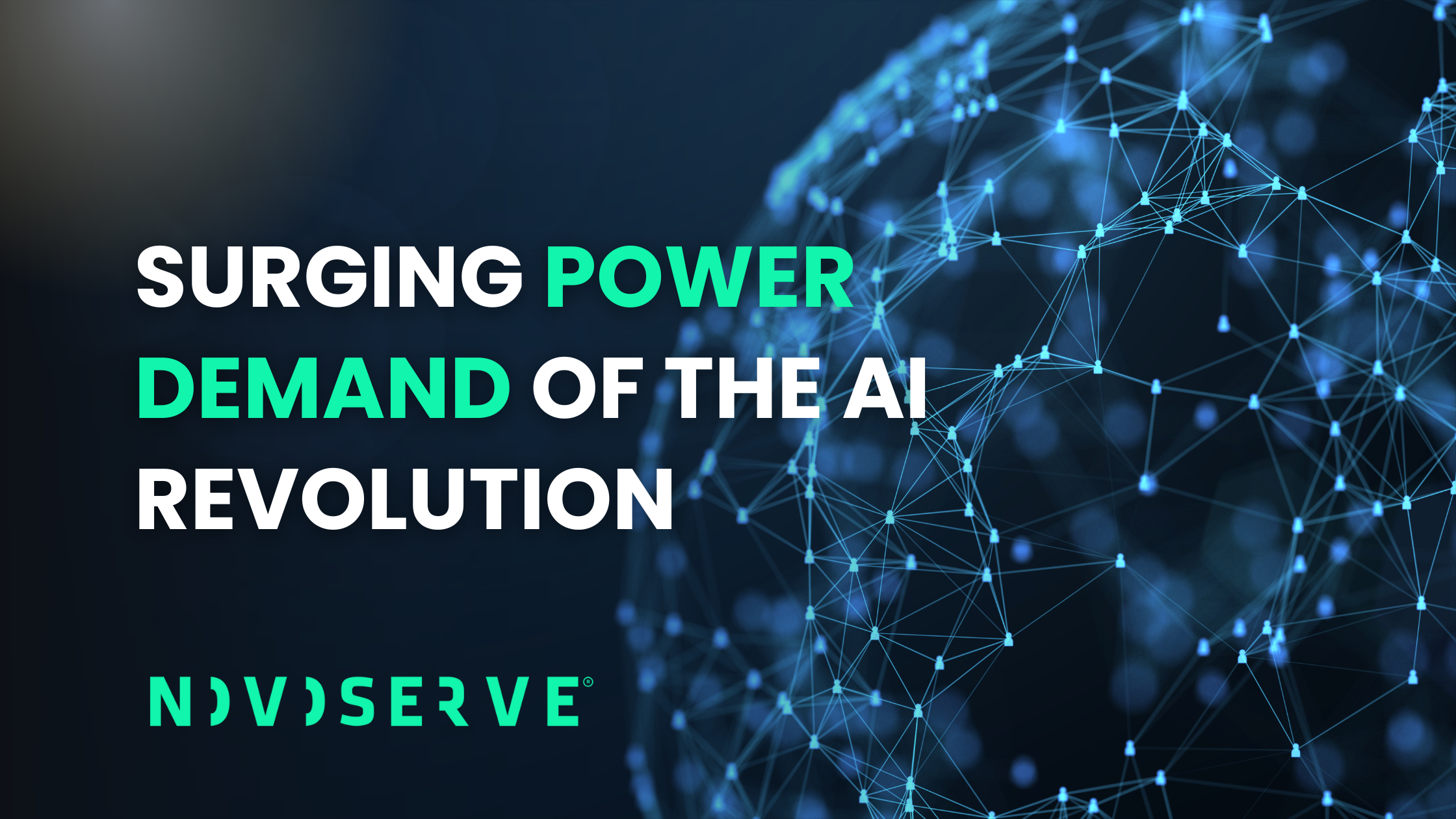Big data promises answers, but only if your infrastructure can keep up. If your analytics jobs are crawling, or your cluster spends more time reading data than processing it, the problem isn't just scale—it's architecture.
Forget the marketing hype. Let's talk about the hardware choices that actually move the needle, based on hard-won experience and insights from our Product Manager, Sjoerd van Groning. We'll map out the performance hierarchy and show you where to invest for maximum impact.

The performance pyramid
Every data analytics job is a race against latency. The further data has to travel from its storage location to the CPU core that needs it, the slower your job runs. This "performance pyramid" illustrates the brutal reality:
-
CPU Registers & Cache (L1-L3): Tiny (KBs to <250MB), but lightning fast (sub-nanosecond to ~25 ns). This is where the magic happens.
-
Main Memory (RAM): Large (<1TB+ per server), still incredibly fast (~50-100 ns). A huge jump, but manageable.
-
NVMe Storage: Now common in high capacities (<60TB+), but latency leaps to 10-20 microseconds (µs). That's 10,000-20,000 ns.
-
SATA SSD Storage: Slower again, around 80-150 µs.
-
Spindle Disks (HDD): Access times explode into milliseconds (ms). 10ms is 10,000,000 ns – a million times slower than RAM.
-
Networked Storage (NAS/SAN): Also in the milliseconds range, highly variable, and a performance killer for active datasets. Avoid it.
The hard truth: Each step down this pyramid kills performance, typically by a factor of 10x or more. For fast analytics, your goal is simple: keep your active data as high up this pyramid as physically possible.
The memory mandate
Given the colossal latency jump between RAM and even the fastest storage, the biggest performance win comes from having enough main memory (RAM) to hold your entire working dataset.
Every time your analytics engine has to spill to disk—even ultra-fast NVMe—your job slows to a crawl. While fitting multi-petabyte lakes isn't feasible, aiming to keep the active data your cluster is currently crunching entirely within RAM delivers exponential speedups. With modern RAM pricing, equipping big data analytics servers with 1TB or even 2TB of RAM per node is often the smartest investment you can make.
NVMe storage or nothing
Let's be blunt: for active data analytics hardware, traditional spindle disks (HDDs) are dead. Their latency makes them suitable only for deep cold storage or sequential backups.
NVMe (Non-Volatile Memory Express) is the undisputed standard. Unlike older SATA SSDs choked by a legacy interface, NVMe drives talk directly to the CPU over the high-speed PCIe bus. This means lower latency and massively higher throughput.
Modern U.2 or U.3 NVMe drives offer excellent capacity (15TB+ per drive) and reliability. While the upfront cost per terabyte might seem higher than SATA, the performance difference often means you need fewer servers to do the same amount of work, leading to a lower overall TCO. For truly massive datasets where cost is paramount, high-capacity 36-bay HDD chassis still have a role for tiered storage, but not for the primary working set.
Cores, clocks, and accelerators
With fast access to data sorted, how do you process it efficiently?
-
CPU Choice (Cores Matter): Most big data tasks (think Spark, Hadoop) thrive on parallel processing. Prioritize CPUs with high core counts. AMD EPYC processors, offering 64, 96, 128, or even 192 cores per socket, are exceptionally well-suited for this, allowing you to run more tasks simultaneously.
-
GPU Acceleration (When Needed): If your pipeline includes machine learning or complex simulations that are GPU-optimizable, adding accelerators can provide another significant speedup. However, data center GPUs are a considerable cost. It’s usually best to maximize your CPU resources first.
A flexible infrastructure partner like NovoServe lets you iterate. Start with a powerful multi-core CPU setup. If bottlenecks remain, easily upgrade or add GPUs without long-term lock-in.
Our pros for big data clusters
Building the right server configurations for big data analytics clusters demands the right hardware options and flexibility. We provide both:
-
Massive Memory: Configure servers with 1TB+ of RAM to keep your data close to the CPU.
-
High-Speed Storage: Build blazing-fast storage tiers with enterprise-grade U.2/NVMe drives.
-
Cutting-Edge CPUs: Choose from the full spectrum, including the latest high core-count AMD EPYC processors.
-
GPU Options: Integrate powerful GPUs for accelerated computing workloads.
-
Flexible Contracts: Experiment and scale easily. Our flexible terms let you adapt your infrastructure as your data and algorithms evolve.
- Massive Storage: 36 bay spindle solutions are available if you need huge storage.
Architecting for speed
The best server configuration for big data analytics isn't about having the most of everything; it's about having the right balance focused on minimizing data access latency. Maximize RAM, embrace NVMe for active data, and choose high core-count CPUs. By understanding the performance pyramid and working with a flexible bare metal partner, you can build a cluster that delivers insights faster and gives you a real competitive edge.
Ready to architect your high-performance big data cluster? Explore our server options or contact our specialists to design a custom solution.



